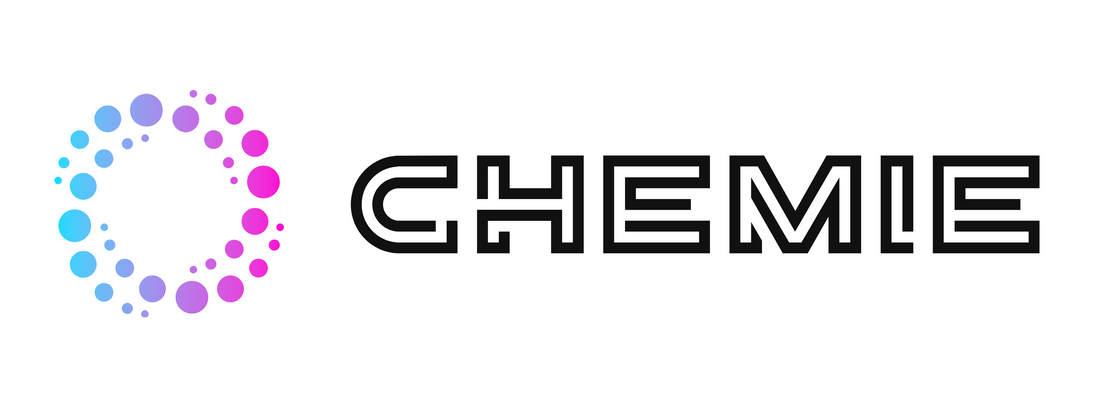Excitement About Chemie
Excitement About Chemie
Blog Article
Some Known Incorrect Statements About Chemie
Table of ContentsUnknown Facts About ChemieFacts About Chemie Uncovered4 Simple Techniques For ChemieSome Known Facts About Chemie.Not known Factual Statements About Chemie 3 Easy Facts About Chemie Shown
By Bojanna Shantheyanda, Sreya Dutta, Kevin Coscia and David SchiemerDynalene, Inc. Fluid air conditioning, which can be achieved utilizing indirect or straight methods, is made use of in electronic devices applications having thermal power densities that might go beyond risk-free dissipation with air cooling. Indirect fluid air conditioning is where warm dissipating electronic parts are physically separated from the liquid coolant, whereas in situation of straight cooling, the parts remain in straight contact with the coolant.However, in indirect air conditioning applications the electric conductivity can be important if there are leaks and/or spillage of the liquids onto the electronic devices. In the indirect air conditioning applications where water based fluids with deterioration preventions are usually used, the electrical conductivity of the liquid coolant mostly depends on the ion focus in the liquid stream.
The boost in the ion concentration in a closed loop fluid stream might occur due to ion leaching from metals and nonmetal parts that the coolant liquid is in contact with. During operation, the electric conductivity of the liquid might increase to a level which can be harmful for the cooling system.
Some Known Incorrect Statements About Chemie
(https://www.openlearning.com/u/betteanderson-spu5uc/)They are grain like polymers that can trading ions with ions in a service that it is in contact with. In the existing job, ion leaching tests were performed with various metals and polymers in both ultrapure deionized (DI) water, i.e. water which is dealt with to the highest levels of pureness, and low electric conductive ethylene glycol/water mixture, with the gauged adjustment in conductivity reported over time.
The examples were permitted to equilibrate at area temperature level for two days before recording the initial electrical conductivity. In all tests reported in this research liquid electric conductivity was measured to a precision of 1% utilizing an Oakton CON 510/CON 6 collection meter which was calibrated before each dimension.
The Of Chemie
from the wall surface heating coils to the facility of the heating system. The PTFE example containers were placed in the heater when consistent state temperature levels were reached. The examination configuration was eliminated from the heating system every 168 hours (seven days), cooled to space temperature with the electrical conductivity of the fluid determined.
The electric conductivity of the liquid sample was monitored for a total amount of 5000 hours (208 days). Schematic of the indirect shut loop cooling experiment set up. Parts utilized in the indirect shut loop cooling down experiment that are in contact with the fluid coolant.

How Chemie can Save You Time, Stress, and Money.
Throughout procedure the liquid reservoir temperature level was preserved at 34C. The change in fluid electric conductivity was checked for 136 hours. The fluid from the system was collected and saved. Likewise, shut loop test with ion exchange resin was performed with the same cleansing procedures utilized. The preliminary electrical conductivity of the 230ml UP-H2O in the system gauged 1.84 S/cm.

0.1 g of Dowex resin was contributed to 100g of fluid samples that was absorbed a separate container. The blend was stirred and change in the electrical conductivity at area temperature level was measured every hour. The gauged modification in the electrical conductivity of the UP-H2O and EG-LC examination fluids containing polymer or steel when engaged for 5,000 hours at 80C is shown Figure 3.
Not known Details About Chemie
Figure 3. Ion seeping experiment: Measured modification in electrical conductivity of water and EG-LC coolants having either polymer or steel examples when immersed for 5,000 hours at 80C. The outcomes suggest that steels added less ions right into the fluids than plastics in both UP-H2O and EG-LC based coolants. This could be due to a thin metal oxide layer which may serve as a barrier to ion leaching and cationic diffusion.
Liquids having polypropylene and HDPE showed the cheapest electric conductivity modifications. This could be because of the short, rigid, direct chains which are much less most likely to add ions than longer branched chains with weak intermolecular forces. Silicone additionally performed well in both test liquids, as polysiloxanes are generally chemically inert because of the high bond power of the silicon-oxygen bond which would avoid degradation of the material right into the fluid.
5 Simple Techniques For Chemie
It would certainly be expected that PVC would generate similar outcomes to those of PTFE and HDPE based on the similar chemical frameworks of the materials, however there may be various other contaminations existing in the PVC, such as plasticizers, that might affect the electric conductivity of the fluid - silicone synthetic oil. Furthermore, chloride groups in PVC can additionally seep right into the test liquid and can cause an increase in electric conductivity
Buna-N rubber and polyurethane revealed indicators of degradation and thermal decomposition which suggests that their feasible energy as a gasket or adhesive material at higher temperatures might result in application issues. Polyurethane entirely broke down into the test liquid by the end of 5000 hour examination. Figure 4. Prior to and after photos of steel and polymer samples immersed for 5,000 hours at 80C in the ion leaching experiment.
Calculated modification in the electric conductivity of UP-H2O coolant as a feature of time with and without material cartridge in the shut indirect cooling loophole experiment. The gauged adjustment in electric conductivity of the UP-H2O for 136 hours with and without ion exchange material in the loop is displayed in Number 5.
Report this page